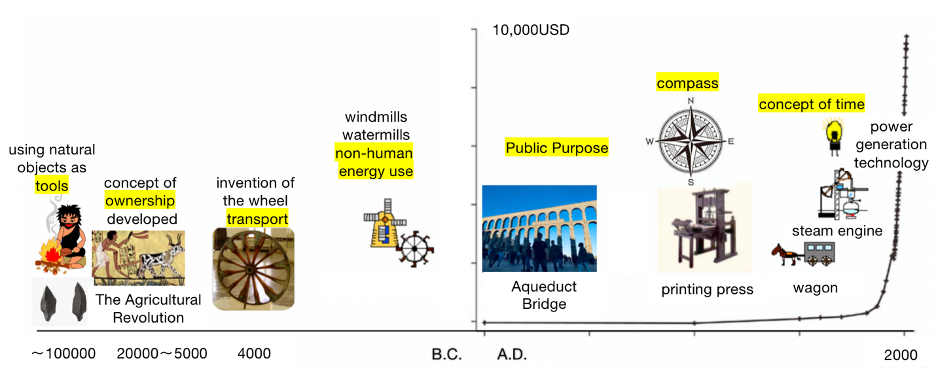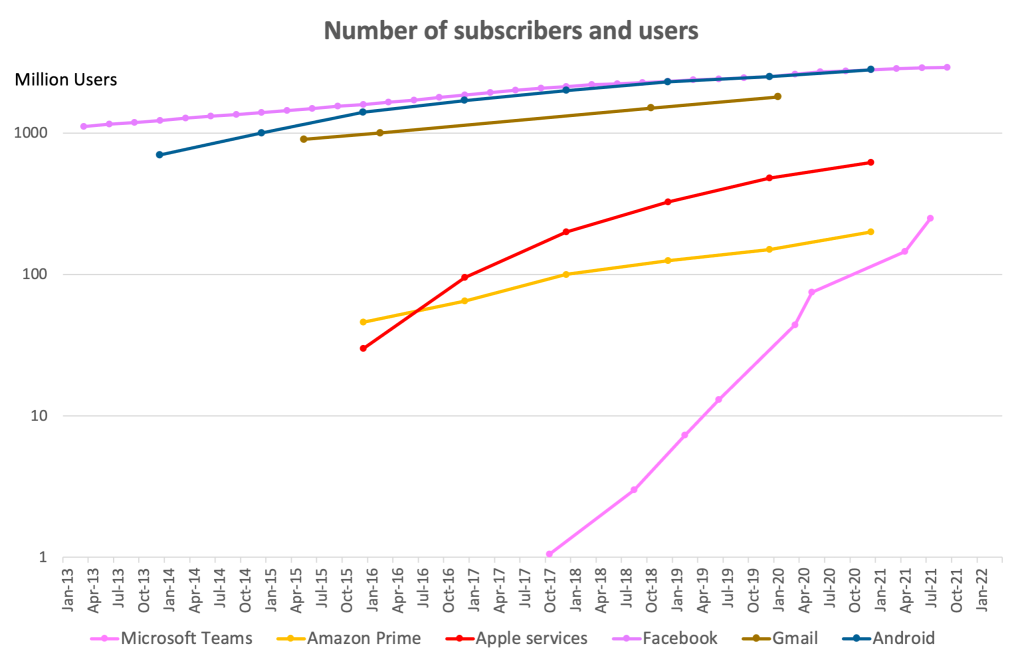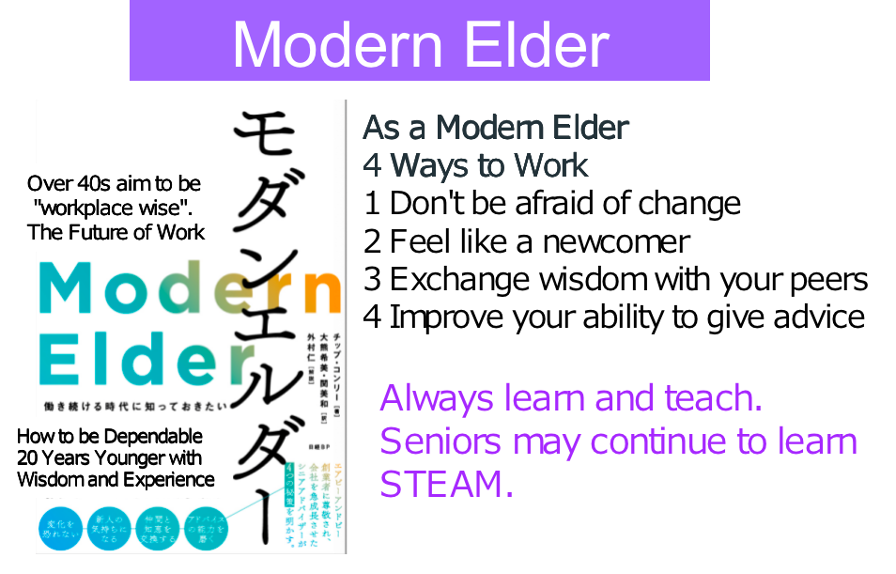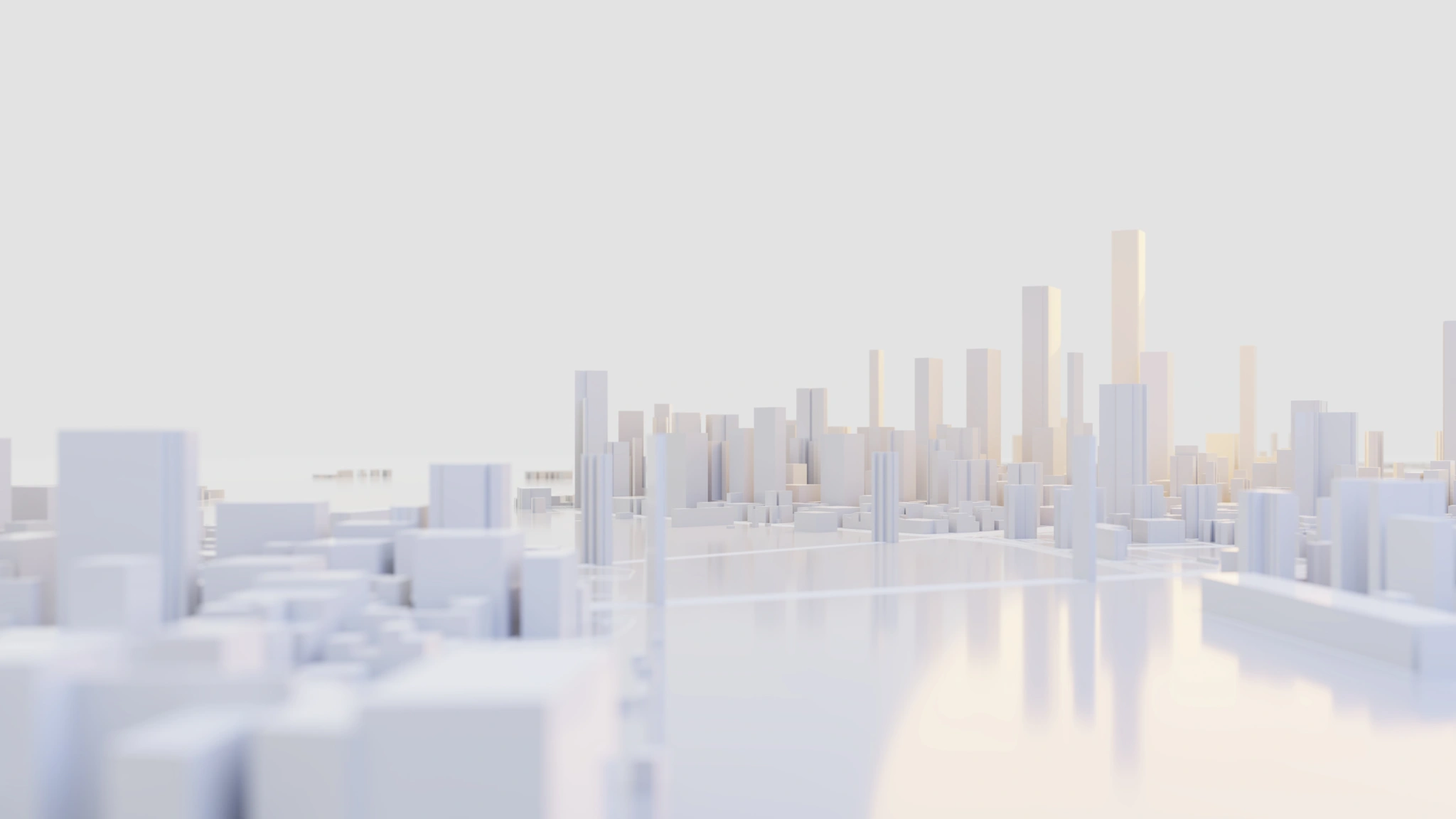Technology makes life more convenient and extends human capabilities. Glasses and telescopes improve our eyesight, cars and airplanes enhance our mobility, and sensors extend our senses. Mankind has accumulated a rich variety of technologies that increase our productivity.
The earliest forms of technology can be traced back to prehistoric times when humans used simple stones as tools and made fires. Approximately 20,000 years ago, during the agricultural revolution, the practices of hunting and farming began to diverge, leading to the development of the concept of ownership over that which cannot be immediately consumed. Around 4000 B.C., the wheel was invented, leading to the development of windmills and watermills and ushering in an era during which physical human labor was no longer the sole source of energy. In 200-300 A.D., the construction of notable structures such as aqueducts, communal houses, and libraries was witnessed in Rome and elsewhere. The Industrial Revolution that occurred in the U.K. in the 18th century saw a remarkable increase in productivity due to the development of large-scale machinery and a dramatic growth in GDP (Gross Domestic Product) per capita. Factory work became the norm, and timekeeping emerged as an important aspect of people’s daily lives. The current information revolution is reconfiguring society, from one driven by industry to an advanced information-based society.
Technology and its History

Fig 1. Global GDP per capita
Impact of Technology
Positive Aspects of Technology
Mobility and Urban Diversification
By 2050, the convenience and extent of personal mobility will have increased dramatically relative to today’s standards. Flying cars will be commonplace, and passengers will be able to watch movies or hold meetings while they travel. In the event of an emergency, cars will also be able to be used as medical devices. In addition, those with physical disabilities will be able to safely operate a car via a brain–machine interface.
In the Maldives, where the risk of land loss due to sea level rise is high, the concept of floating cities that can be fabricated with modular components that are connected at sea is currently under development (Fig. 3). Over the next 50 years, a variety of city types will emerge.

Fig 3. Maldives Floating City
Source:https://maldivesfloatingcity.com/
Ways of Working
By 2050, nearly 70% of work will be conducted in the digital space. Language and other skills will be supported by the power of technology, allowing people to concentrate on their individual strengths. However, due to the inherent value of face-to-face communication in certain contexts, some kinds of work will continue to be conducted in real-world physical spaces. It is expected that working practices that extend beyond the boundaries of single companies will become increasingly common. The current practice of matching labor supply and demand within a company (through actions such as departmental reassignment to fill personnel gaps) will be less common. Instead, the matching of supply and demand will expand beyond the boundaries of the company to incorporate the wider labor market. New forms of organization, such as Distributed Autonomous Organizations (DAOs), in which all participants have an equal opportunity to participate in decision-making processes, will continue to be explored and will become commonplace.
Visualization of Gaia’s Health
The Gaia hypothesis is a theory that views the Earth as a large, living organism, the activity of which includes human social activities. By 2050, we can imagine that society will more clearly understand, and more effectively communicate – using visual representations, for example – the relationship between Gaia’s health status and the individual and society. As a result of this increased awareness, people will be encouraged to act in ways that are beneficial to Gaia’s health. We can envision a world in which international organizations widely design and operate indicators – such as corporate SDG contribution indicators and environmental accounting indicators – that promote sustainability. In addition to companies disclosing their target values and actual values for these indicators, third-party organizations will also monitor and visualize detailed indicators in real-time, fostering fair competition and collaboration among companies. This transparency will enable investors and the public alike to make informed decisions that balance personal well-being with the health of the planet.
Opinion Bias and Communication Distortion
The digital economy, as represented by social networks, has expanded on a global scale, connecting individuals who would previously have found it difficult to communicate with one another. However, this digitalization of society is also changing people’s communication styles. One example is a communication style in which a person highlights only their strengths, keeping their weaknesses concealed. This phenomenon is partly responsible for the difficulty of building deep, trusting relationships in the online world. Moreover, people are increasingly spending their time surrounded by those similar to themselves and exclusively consuming news and opinions that align with their pre-existing ideas. This context, along with the mindset it engenders, has led to the amplification of increasingly extreme opinions, leading to radicalization and social division. The attack on the United States Congress by Trump supporters on January 6, 2021 (Fig. 4) is a striking and symbolic example of how the collective action of such radicalized individuals can divide society further.

Fig 4. Attack on Congress in the United States by Trump supporters (2021)
Source: https://news.harvard.edu/gazette/story/2022/01/dark-lessons-of-jan-6-capitol-assault/
Excessive Dependence on Information Infrastructure
As the digital economic sphere has developed, overreliance on information infrastructure has become a concern. The graph in Figure 5 shows the growth in the number of active users of various IT platforms, and it clearly shows that the number of platforms with over one billion users is on the rise. Despite the increasing importance of information infrastructure, user convenience is sometimes overlooked. For example, many companies offer their own services for videoconferencing and for participation in the now-popular metaverse; however, the lack of interconnection between these services is inconvenient for their users. There is also a growing wealth gap between those who are able to use digital tools and those who are not, which is a serious problem. Furthermore, overdependence on information infrastructure increases the risk that artificial systems, such as so-called artificial intelligence (AI), will behave in unexpected ways, potentially triggering unforeseen catastrophes.

Fig 5. The number of platforms with more than one billion users is increasing
In 2050, Challenges Posed by Technology
Two challenges have been discussed here. The first, “Opinion Bias and Communication Distortion,” describes a negative aspect of technological development and its effects on public opinions and the manner in which information is shared. The second, “Excessive Dependence on Information Infrastructure,” highlights the challenges associated with overreliance on specific technologies and infrastructures and the disparity between those who have access to information and those who do not. Issues such as the unexpected behavior of artifacts, including ‘runaway AI’, and the misuse and criminal use of technology are also important. So, what can be done to resolve these issues? We believe that providing education and changing individual attitudes are particularly important. The idea is that everybody – not just those who create technology, but those who use it – should possess a basic level of technological literacy, similar to the concept of a universal basic income in a social security system. The foundation of technological literacy is science, technology, engineering, and mathematics (STEM) education. Changes to individual awareness will be discussed in the following chapters.
To Live Prosperously in a Technological Society
In order to coexist with technology and live prosperously, it is essential to be acutely aware of the risks as well as the benefits of technology, and to deepen the understanding of each individual through “STEAM”: a combination of STEM and liberal arts education. During the early stages of Google, Apple, Facebook, and Amazon, some programmers decided that they would not allow their children to use cell phones and that they would turn off the notifications on their own devices. It is important for each individual to decide how to engage with and/or distance themselves from technology by developing and refining their own philosophy. It is also important for seniors to remain sensitive to the constantly evolving changes in technology and to continue to learn.
In “Modern Elder,” Airbnb advisor Chip Conley describes the importance of senior workers passing on their wisdom and philosophy to younger generations. In this book, Conley references Bill Campbell, who is also known as “The Coach” and is credited with introducing a more humanistic approach to many Silicon Valley companies. We believe that the older generation should continue to study new technologies and engage in continuous dialogue with the younger generation. This intergenerational exchange will help senior workers to live prosperously while coexisting with technology.

Fig 6. Recommendation of Modern Elder
We, the EMBA generation, would also like to create opportunities for interactive awareness and learning through exchange meetings and study groups with university students in their twenties! The opportunities for industry, government, and academia to deepen their collaborative efforts through the use of technology will increase, and if we can bring together the wisdom of all generations, we will be one step closer to a society that can coexist with technology in abundance.


